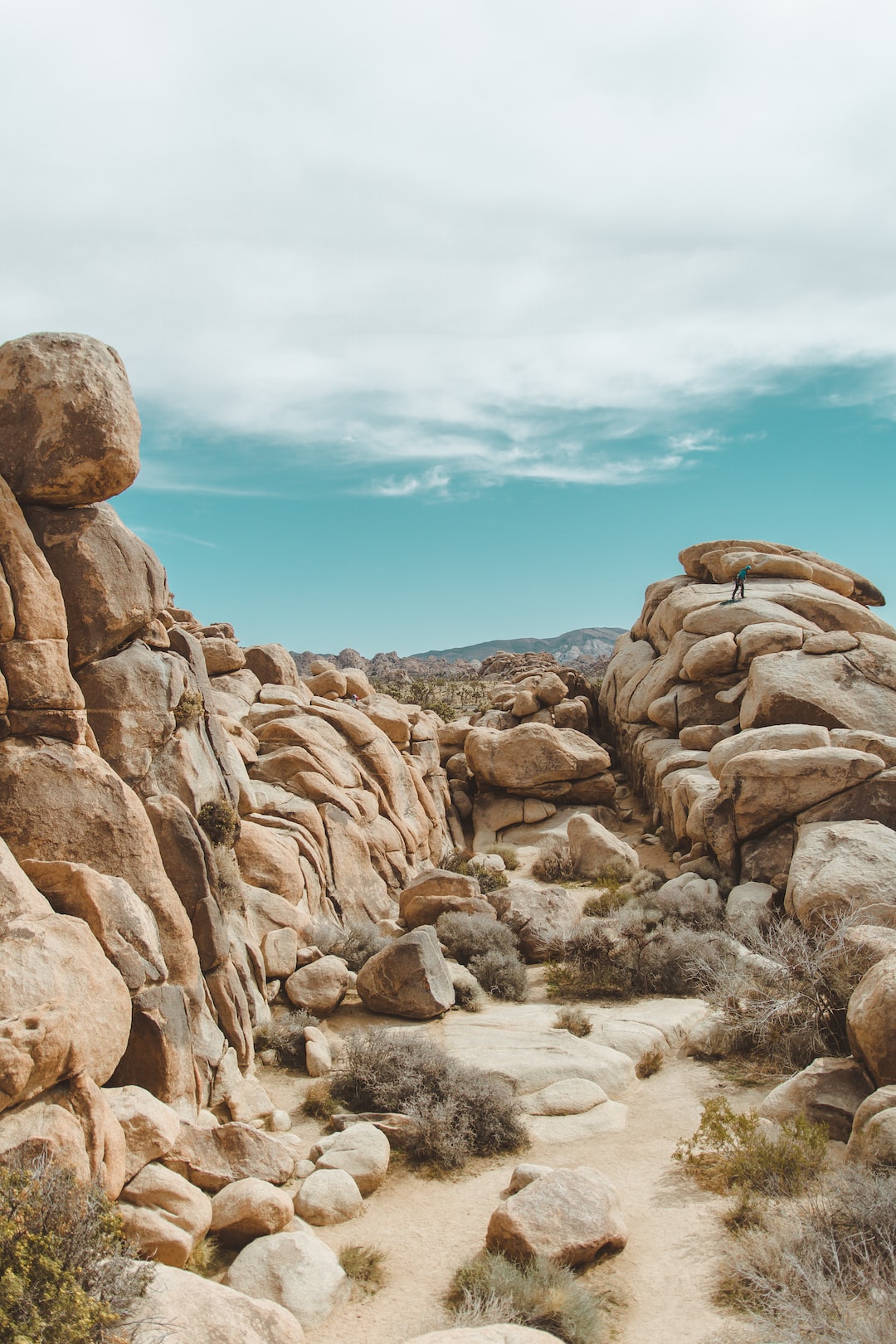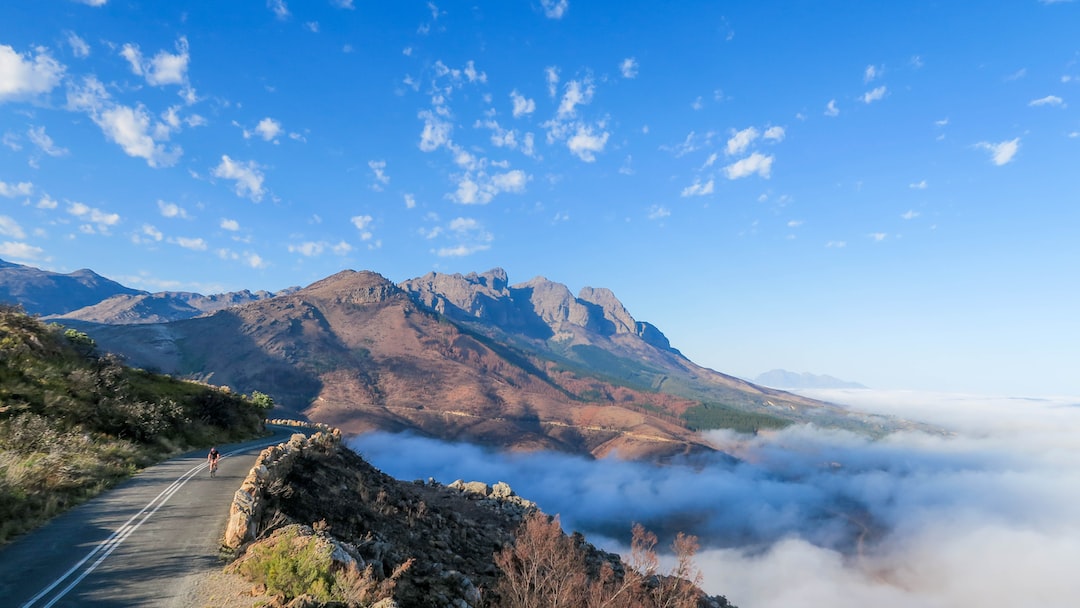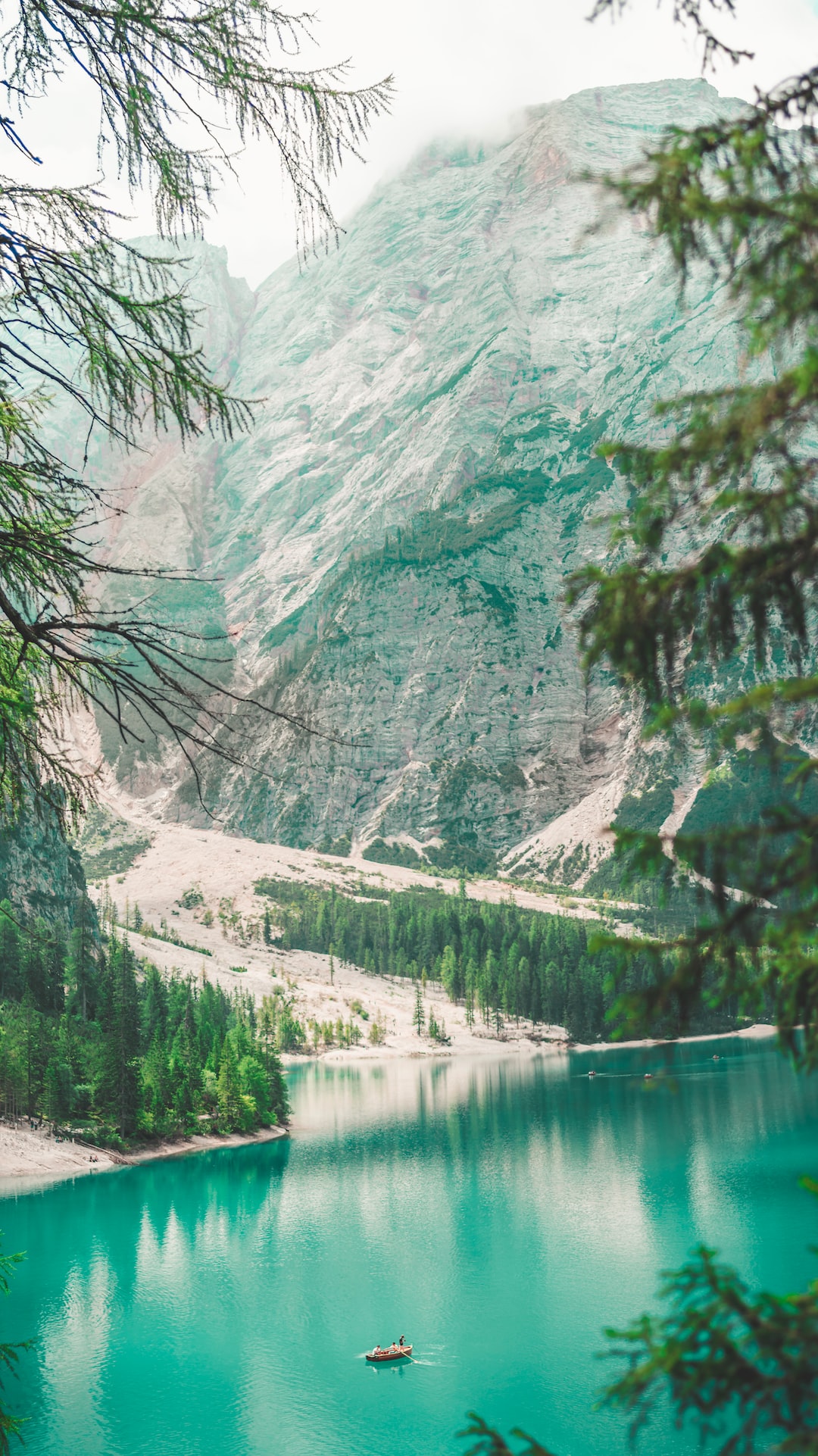Camping is a beloved pastime for many outdoor enthusiasts in the United States. With its vast and varied landscapes, there are countless camping spots to choose from across the country. From coast to coast, campers can find everything from sandy beaches to towering mountains to dense forests to serene lakeshores. Whether you prefer primitive backcountry camping or RV camping with all the amenities, there is a camping spot for everyone in the United States.
One of the most popular camping destinations in the United States is Yosemite National Park in California. Known for its towering granite cliffs, majestic waterfalls, and ancient sequoia trees, Yosemite offers a truly awe-inspiring camping experience. Visitors can choose from several campgrounds within the park, ranging from simple tent sites to RV-friendly campsites. Hiking trails abound in Yosemite, with options for all skill levels, from easy walks to challenging treks up Half Dome. Be sure to book your campsite well in advance, as Yosemite is a very popular destination and spots fill up quickly.
For those seeking a more remote camping experience, the Boundary Waters Canoe Area Wilderness in Minnesota offers a true wilderness experience. This pristine area is home to more than a million acres of lakes, rivers, and forests, perfect for canoeing, kayaking, fishing, and camping. With over 1,200 miles of canoe routes and nearly 2,200 designated campsites, campers can truly immerse themselves in nature. Keep an eye out for wildlife such as moose, bald eagles, and loons as you paddle through this beautiful wilderness.
If you prefer to camp by the beach, look no further than Assateague Island National Seashore in Maryland and Virginia. This barrier island is home to wild ponies that roam freely on the beaches and marshlands, making for a unique camping experience. Campers can choose from several campsites on the island, some of which are only accessible by canoe or kayak. Spend your days swimming, beachcombing, and watching the wild ponies, and your nights stargazing by the campfire. Just be sure to follow Leave No Trace principles and respect the wildlife during your stay on this beautiful island.
For those who crave adventure, consider camping in the Grand Canyon in Arizona. With its staggering cliffs, colorful rock formations, and mesmerizing views, the Grand Canyon is a must-see destination for any camper. There are several campgrounds within the park, ranging from developed sites with amenities to more primitive backcountry sites for the adventurous. Hiking the rim trails or trekking to the bottom of the canyon on the Bright Angel Trail will provide unforgettable experiences and breathtaking views. Just be sure to bring plenty of water and be prepared for the extreme temperatures in this desert environment.
No list of the best camping spots in the United States would be complete without mentioning the Great Smoky Mountains National Park on the border of Tennessee and North Carolina. This sprawling park is a mecca for outdoor enthusiasts, with endless opportunities for hiking, fishing, wildlife viewing, and camping. The park offers several campgrounds, ranging from drive-in sites to backcountry shelters to accommodate all types of campers. Be sure to visit Cades Cove, a beautiful valley surrounded by mountains, and take a drive along the scenic Newfound Gap Road for stunning views of the park.
Regardless of where you choose to camp in the United States, you are sure to find a camping spot that suits your preferences and provides a memorable outdoor experience. Whether you prefer mountains, beaches, forests, or deserts, there is a camping destination for everyone in this diverse and beautiful country. So pack your gear, hit the road, and start exploring the best camping spots that the United States has to offer.









